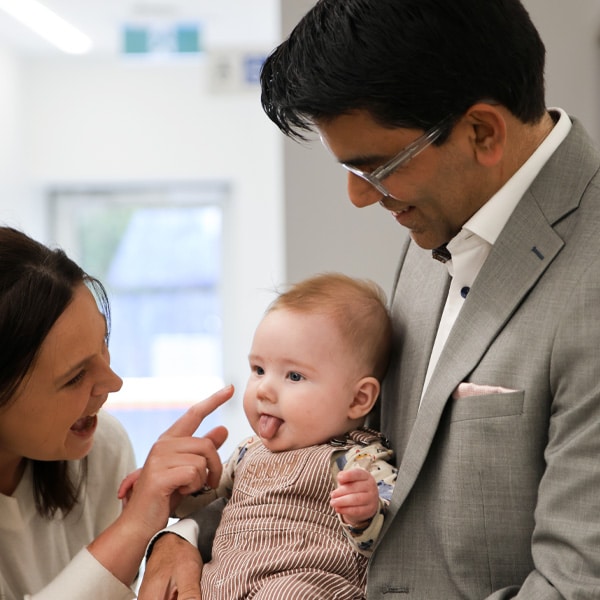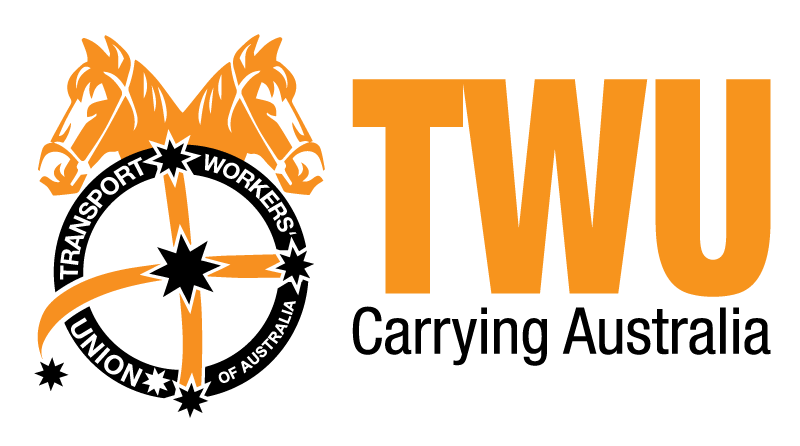A major national survey of arts workers highlights the precariousness of income in the sector and the need for the economy and community to place a higher value on the work of creative professionals, says the union for Australia’s cultural workforce.
The survey by Creative Australia and Macquarie University, Artists as Workers: An economic study of professional artists in Australia, confirms that the majority of our cultural workforce is underpaid and lacks employment and financial security.
This is the result of an industry where the interests of artists are subordinated to the interests of the businesses that profit from their work and creativity, says the Media, Entertainment & Arts Alliance.
The survey found that:
• The average practising professional artist across all disciplines earns a gross annual income of just $23,200 – half the minimum wage – from their creative work. Other income helps to push their average overall income to $54,000, which is still $20,000 below annualised average weekly earnings.
• Half of artists earn less than $10,000 from their creative work while just 15% earn more than $50,000 from their creative work.
• Despite having tertiary education and other qualifications above the average Australian worker, artists’ income from their chosen profession is far below those of all occupations, including non-professional and blue-collar jobs.
• The average artist incurs about $17,000 in annual expenses related to their practice – leaving them with a net income from their creative work of just above $6000.
• Almost 60% of artists have donated their time or creative work for free.
• Only one-in-five artists have secure employment and just four-in-10 believe they have adequate future financial security.
“This survey confirms what our members constantly tell us that they are under siege from income and financial insecurity,” said MEAA Chief Executive Erin Madeley.
“Without creative workers, there cannot be a cultural sector.
“The value of Australia’s creative workforce is so much more than economic output and our social and community fabric would be weaker without them.
“Failure to recognise the value and importance of their work will see a loss of social and cultural capacity and capability; our communities will suffer, and marginalised communities and groups more so.
“But despite being essential for their creative output, artists are put at the bottom of the pile while commercial and corporate interests in the sector dominate the discourse.
“There needs to be a shift in approach to ensure that government funding to the cultural sector is directed to quality jobs that support workers to build sustainable careers.
“This is an unsustainable way of ensuring the growth and vibrancy of Australia’s arts sector. The focus must shift to ensuring the viability of creative work as a career as the foundation on which a healthy and successful arts sector can be built.
“MEAA applauds that the centrality of the artist was made a core pillar of the ‘Revive’ and we commend the government for their commitment to supporting the artist as a worker.
“Central to this must be supporting the pay, conditions, and security of work in the sector.”
Ms Madeley said technological changes, including streaming video and audio platforms and generative Artificial Intelligence were further threats to creative workers’ job security and incomes that must be addressed by governments.
She said MEAA called for the Federal Government to extend the scope of the Closing the Loopholes Bill to incorporate all arts and culture workers who worked in a gig economy as freelance contractors without any of the entitlements or rights granted to workers engaged as employees.








